Q&A – Roof ridges, holes, leaks and more!
June 26, 2025 at 6:00 a.m.Expert answers to four questions from homeowners like you!
We created AskARoofer to help connect professionals in the roofing industry with home and business owners looking to learn more about roofing. One part of how we do this is getting expert answers to our users' questions. Here are four questions that were asked recently, and the expert answers to them!
1 - Roof between sheds
Coleen from Colorado was looking to find a way to cover a space between two sheds, so they asked:
I want to enclose two sheds that are uneven by putting a roof between them. How can a person design this to keep snow and rain from building on the roof between the new roof.
One of the AskARoofer Experts, John Kenney from Cotney Consulting Group, had this to say in response:
The only way to design this safely is to use a contractor and a design professional to know how to space and fasten the roof supports between the two sheds. This more complicated project that requires professional design consultation.
Continue the conversation in our Forum!
2 - Leaking roof
When Michael from Kansas discovered a homeowners nightmare — a roof leak — they turned to the AskARoofer experts for some advice. They asked:
I have an addition that was built onto my home. Where the existing roof hits the addition, water collects and leaks into the walls of the addition. What sealer should I apply to the seam where the roof meets the vertical wall of the addition?
Where the angled roof meets the vertical wall, it is leaking into the wall. I need to seal the area but want to make sure I’m using the right thing.
Our resident roofing expert, Henry Staggs from the Arizona Roofer, shared this advice:
At a roof to wall abutment there should be a flashing. If it’s the head wall, we need a base and counter flashing. If is the rake wall and the roof is shingled. We need step flashing and a counter flash. If it’s tile then we need a pan flashing and counter flash.
Continue the conversation in our Forum!
3 - Holes in roofing
Elaine from West Virginia reached out for some help when they were looking into buying a home. They asked:
We are buying a house and the owner had a roof leak and top nailed a tarp the roof. The owner took out the nails and filled the holes with sealer. Is the roof compromised now?
Below is what our roofing expert John Kenney with Cotney Consulting Group had to say in response:
Yes, the roof may be compromised. Top-nailing a tarp creates penetrations in the roof surface, and simply sealing those nail holes afterward is not a proper repair. Even high-quality sealant can degrade over time, especially under UV exposure and may not prevent future leaks. The extent of the damage depends on the roofing material, how long the tarp was in place and whether water entered through those holes before sealing.
Have a licensed roofing contractor perform a detailed inspection before closing to protect your investment. They should check for hidden moisture damage, weakened decking and the system's overall health. A quick patch job may hide bigger problems — so verify before you buy.
Continue the conversation in our Forum!
4 - Roof ridge workmanship
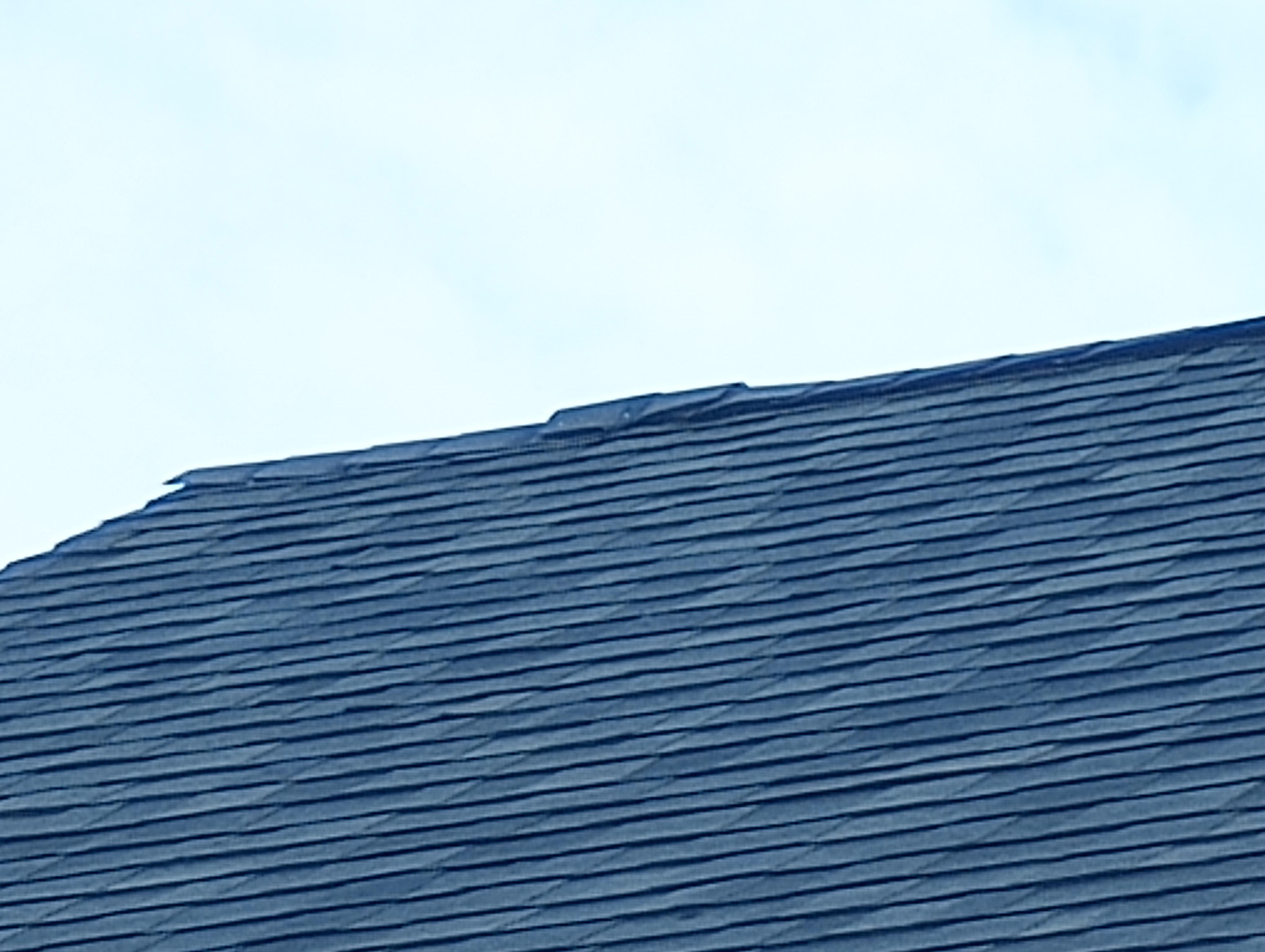 When Kristen from Maine came from work, they saw something strange on their roof. So they asked our experts this:
When Kristen from Maine came from work, they saw something strange on their roof. So they asked our experts this:
Came home from work yesterday, and this is what I saw for ridge workmanship. It's my first new roof as a first-time homeowner, but this does not look right to me. Roofer dismissed what I described as it not looking "clean" (especially towards left side) as related to cold weather. I'm not so certain? Hoping for some advice so I can speak up before the job is finished, thanks.
Here's what one of the AskARoofer experts, Steven Minkler with Adam Quenneville Roofing and Siding, thought about Kristen's situation:
Definitely not clean work!!!
Typically they would cut one in half being the last one and either tar it or adhesive on to ensure the look is clean, and water tight with no exposed fasteners.
Have a question? AskARoofer.
Find your local roofing contractor in the AskARoofer™ Contractor Directory.


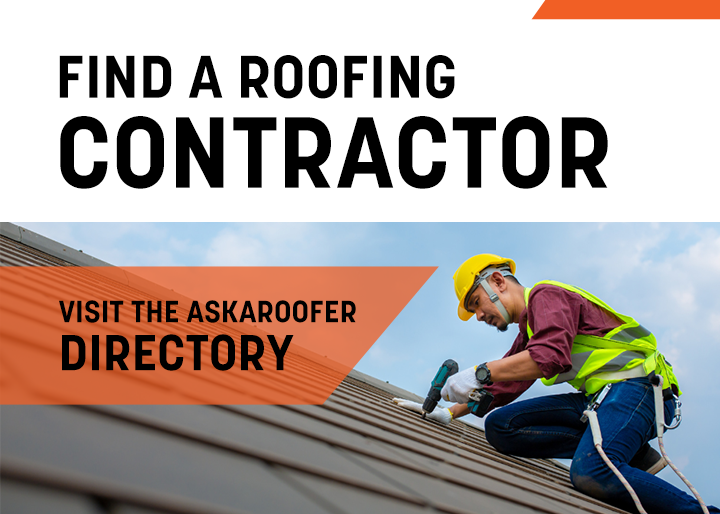

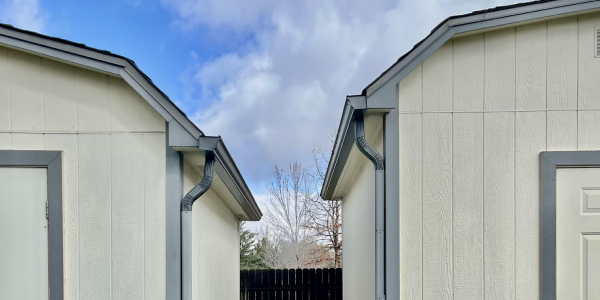

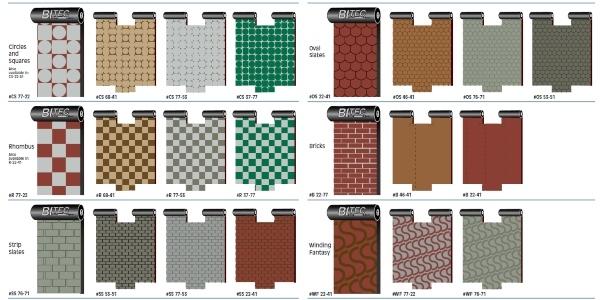






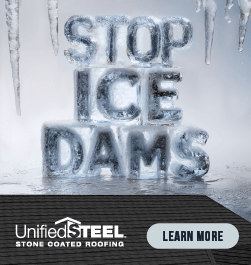
Comments
Leave a Reply
Have an account? Login to leave a comment!
Sign In